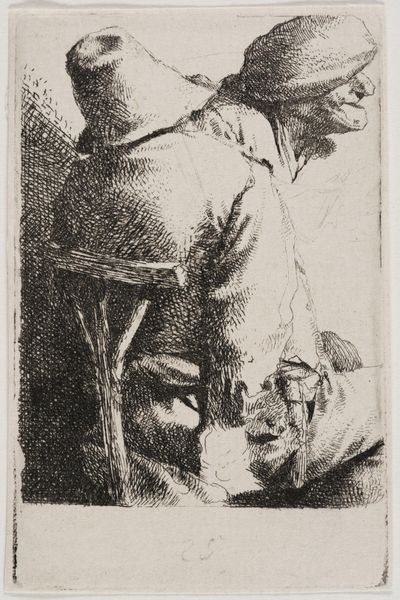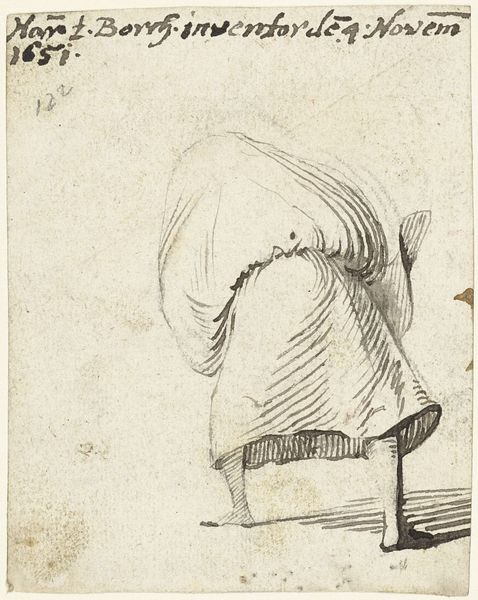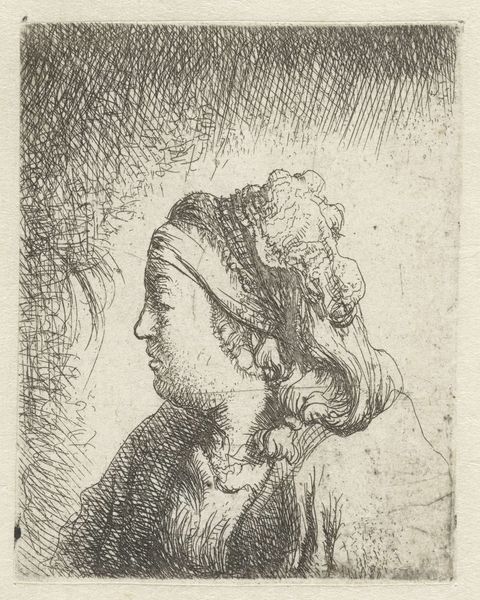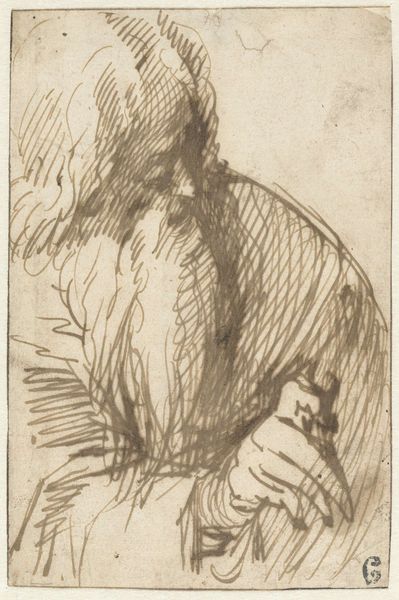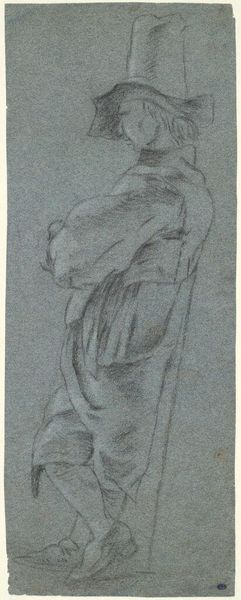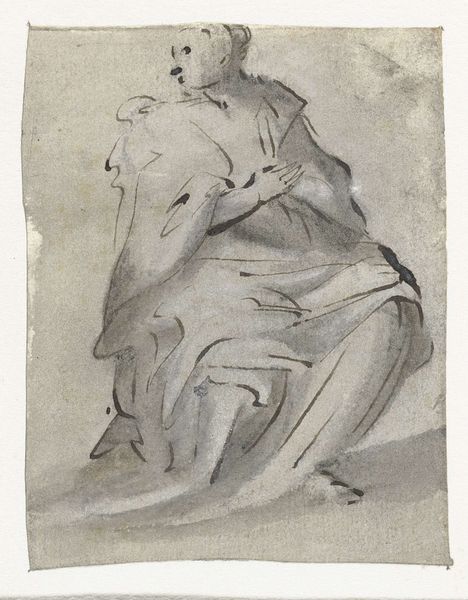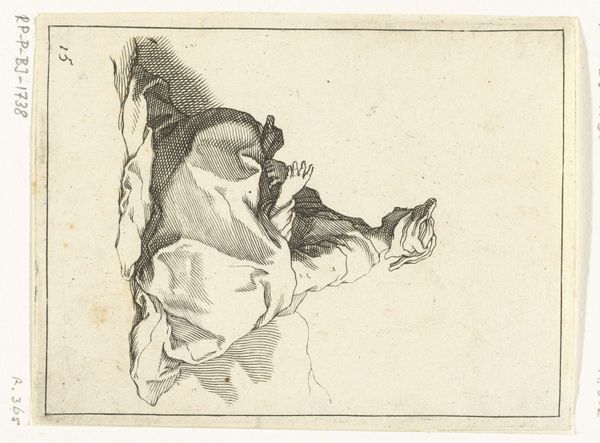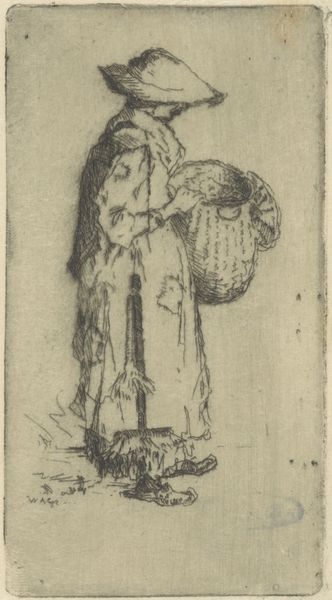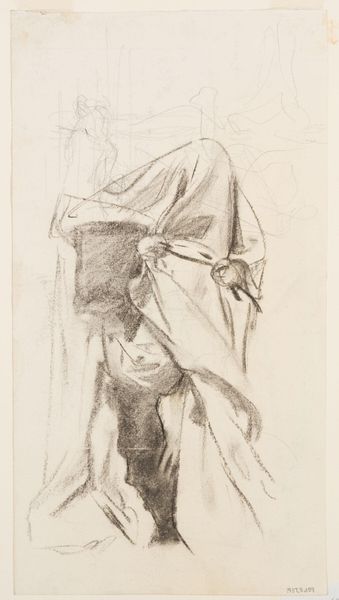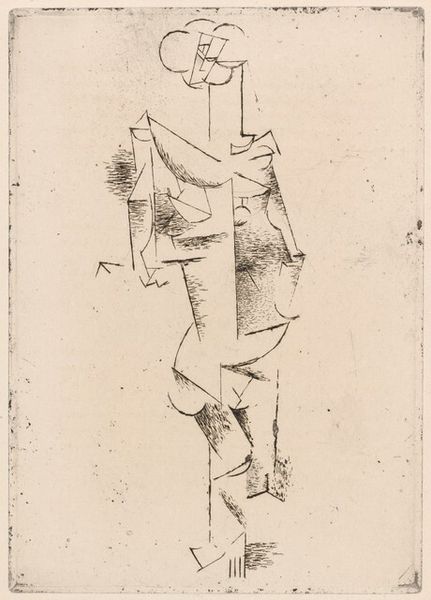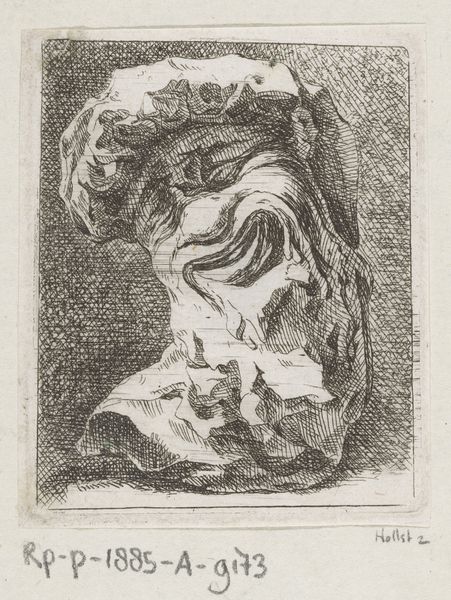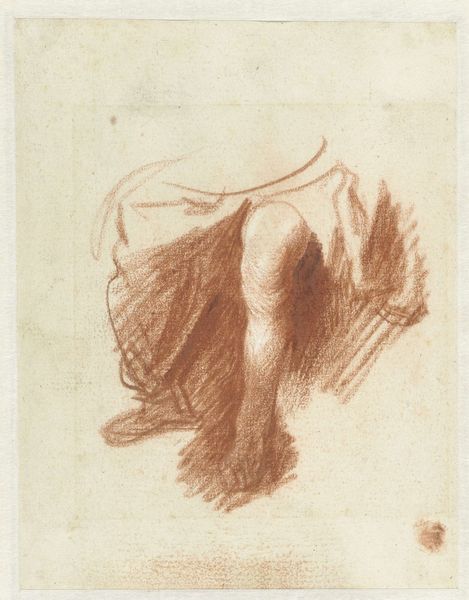
print, etching, sculpture, engraving
#
portrait
# print
#
etching
#
classical-realism
#
figuration
#
sculpture
#
line
#
history-painting
#
engraving
Dimensions: height 109 mm, width 71 mm
Copyright: Rijks Museum: Open Domain
Editor: This is "Ruiterstandbeeld," a print created between 1750 and 1900 by W. van Tuyll van Serooskerken, made with etching and engraving. The perspective is really unusual, focused on the back of the rider and horse. It almost feels like a behind-the-scenes look at a classical sculpture. What strikes you about this piece? Curator: Well, looking at it from a historical perspective, I'm intrigued by the choice to depict the *back* of the equestrian figure. Usually, these monuments were about projecting power and authority, designed for public squares and civic spaces. The viewpoint seems almost… subversive. Why turn away from the viewer? What statement does this make? Editor: That's a great point! Maybe it’s a commentary on the limitations of power, a vulnerable perspective rather than a triumphal one? Curator: Precisely! This piece comes at a pivotal moment, between 1750 and 1900, during which Enlightenment ideals and burgeoning social movements were actively challenging existing power structures and systems. Even the choice of printmaking - a more easily disseminated medium than, say, a monumental bronze statue - suggests an effort to reach a wider audience with a potentially complex message. Consider how access to art, previously controlled by the elite, began shifting toward more democratic models through printmaking and emerging public museums. Editor: So the medium itself is part of the message? Curator: Absolutely. The etching and engraving techniques allow for intricate detail but also a sense of reproducibility and wider circulation, influencing public perception and shaping discourse around leadership and history. Does the choice of material itself carry weight in the social narrative of the work? Editor: I hadn't thought of it that way! I was initially drawn to the visual aspect but understanding the social and historical context really adds a whole new dimension. Curator: It is the interplay between the image and its social setting that makes the piece so fascinating. There’s a constant push-and-pull between the artistic vision, social narrative, and historical environment, isn't it? Editor: It really does! Thanks for sharing your expertise.
Comments
No comments
Be the first to comment and join the conversation on the ultimate creative platform.
